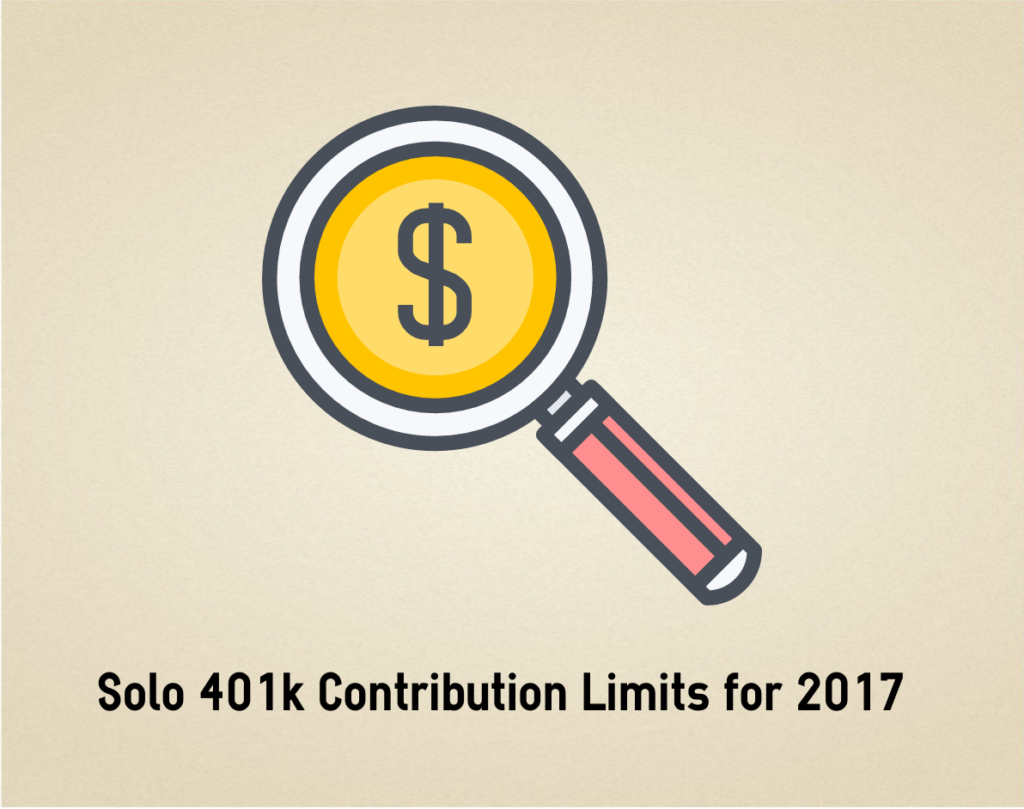If you're a player or sports fan, you understand the importance of 'extra' effort. When it comes to your financial lives, that little extra could help you grow your savings exponentially. The good news is that the IRS has announced new Solo 401k contribution limits for 2017, allowing you to save extra for retirement.
What are the new Solo 401k contribution limits?
In its latest retirement contribution limits' revision, the IRS has allowed small business owners and self-employed professionals save more for retirement.
New Solo 401k contribution limits for 2017: $54,000 ($60,000 with catch-up contributions for individuals above 50 years); up from $53,000 for 2016.
- Employee Deferral limits: There is no change in the annual employee deferral contributions, staying at $18,000 for 2017, excluding catch-up contributions of $6,000.
- Profit sharing contribution: 20 to 25% of business income.
How does an extra $1,000 make a difference?
Example 1: Joe contributed $1,000 monthly to his retirement account, starting at age 30 until retirement. With an annual interest rate of 5%, compounded annually, Joe retired with a nest egg of $818,698.
Example 2: Michael contributed $1,083 monthly to his retirement account, starting at age 30 until retirement. With the same interest rate and compounding frequency as that of Joe, Michael ended up with $886,650 at retirement.
An extra $1,000 per year helped Michael exceed Joe's retirement savings by $67,952.
Four Reasons to start a Solo 401k plan in 2017
- Higher contribution limits: A Solo 401k plan allows you to save up to $60,000 in a financial year, making it one of the quickest ways to accumulate retirement savings.
- Roth savings option: Unlike a traditional Roth IRAs, a Roth Solo 401k plan allows an individual with higher income to save after-tax dollars for retirement. Imagine the returns your investment could gain when invested through a tax-deferred or tax-free vehicle.
- Alternative investment options: When compared with a traditional retirement plan, a self-directed Solo 401k offers an opportunity to invest in alternative investments. You can invest in real estate, mortgage notes, tax liens, tax deeds, precious metals, private equity, and even personal lending along with the traditional share and bond investments.
- Participant loan option: A self-directed Solo 401k allows you to borrow up to $50,000 or 50% of your account balance, whichever is less, as a participant loan. This is a crucial feature for small business owners or self-employed professionals that may not qualify for traditional loans.
If you're planning to kick start your retirement savings, a self-directed Solo 401k might just be the right option for you. Seek professional advice when in doubt.

